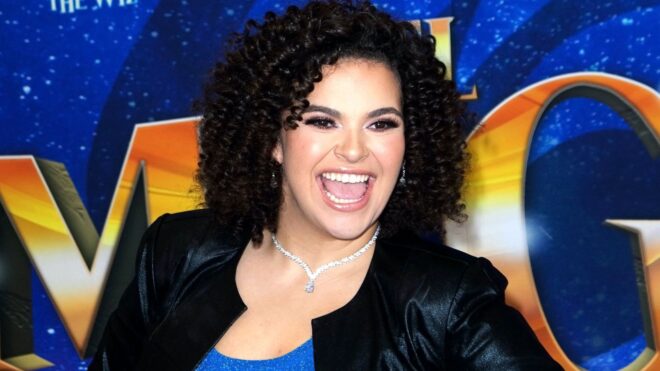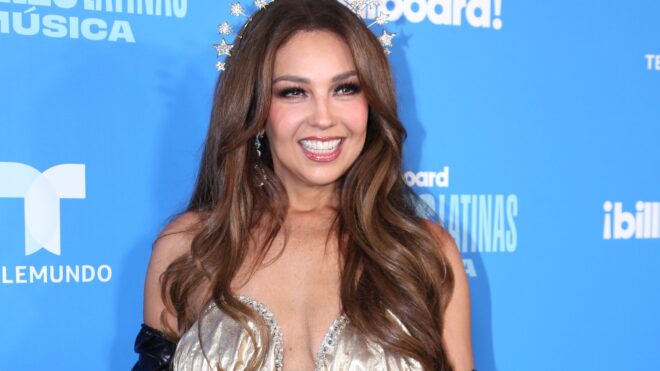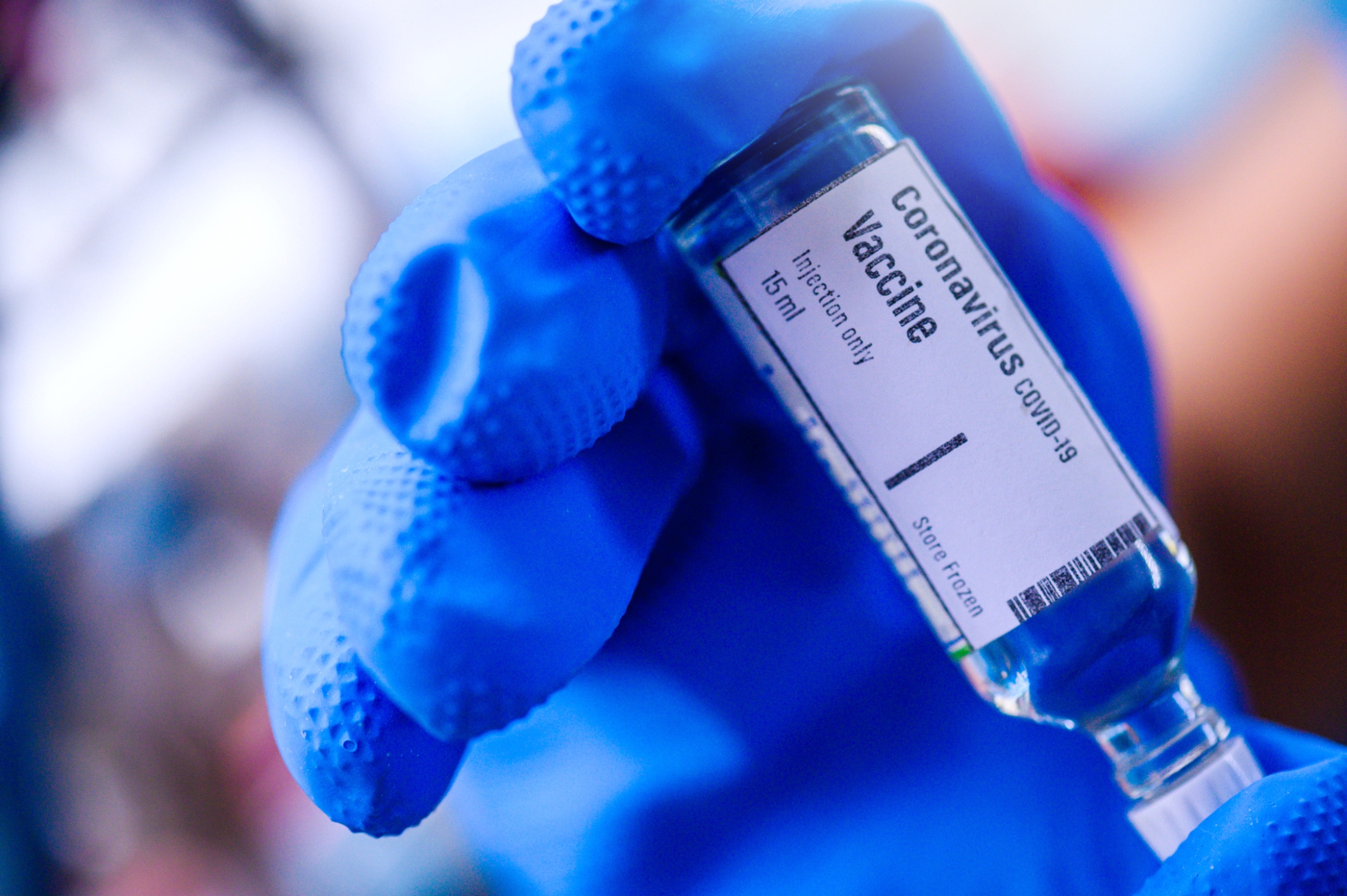
A coronavirus vaccine is being pushed through at incredible speed, with the White House's goal of having the vaccine available by January 2021. Yes, that's less than six months away, and scientists have been busy working day and night to develop a safe and effective vaccine that will help get the American people back to a life that at least somewhat resembles what we remember from before COVID-19 began wreaking havoc on the health of our communities in March 2020.
More from MamásLatinas: The CDC adds new symptoms for coronavirus
A number of promising coronavirus vaccines are in the works, but many people have major concerns that a process that usually takes years has been sped up so much and whether a vaccine produced in such a short amount of time will even be safe. This is especially concerning when it comes to our kids. Parents may be faced with the decision of either keeping their kids home from in-person school or getting them a coronavirus vaccine with potentially unknown side effects. So understandably, many of us are a bit on edge about the vaccine itself. Here's what we know so far:
There's a White House-led mission behind the vaccine.
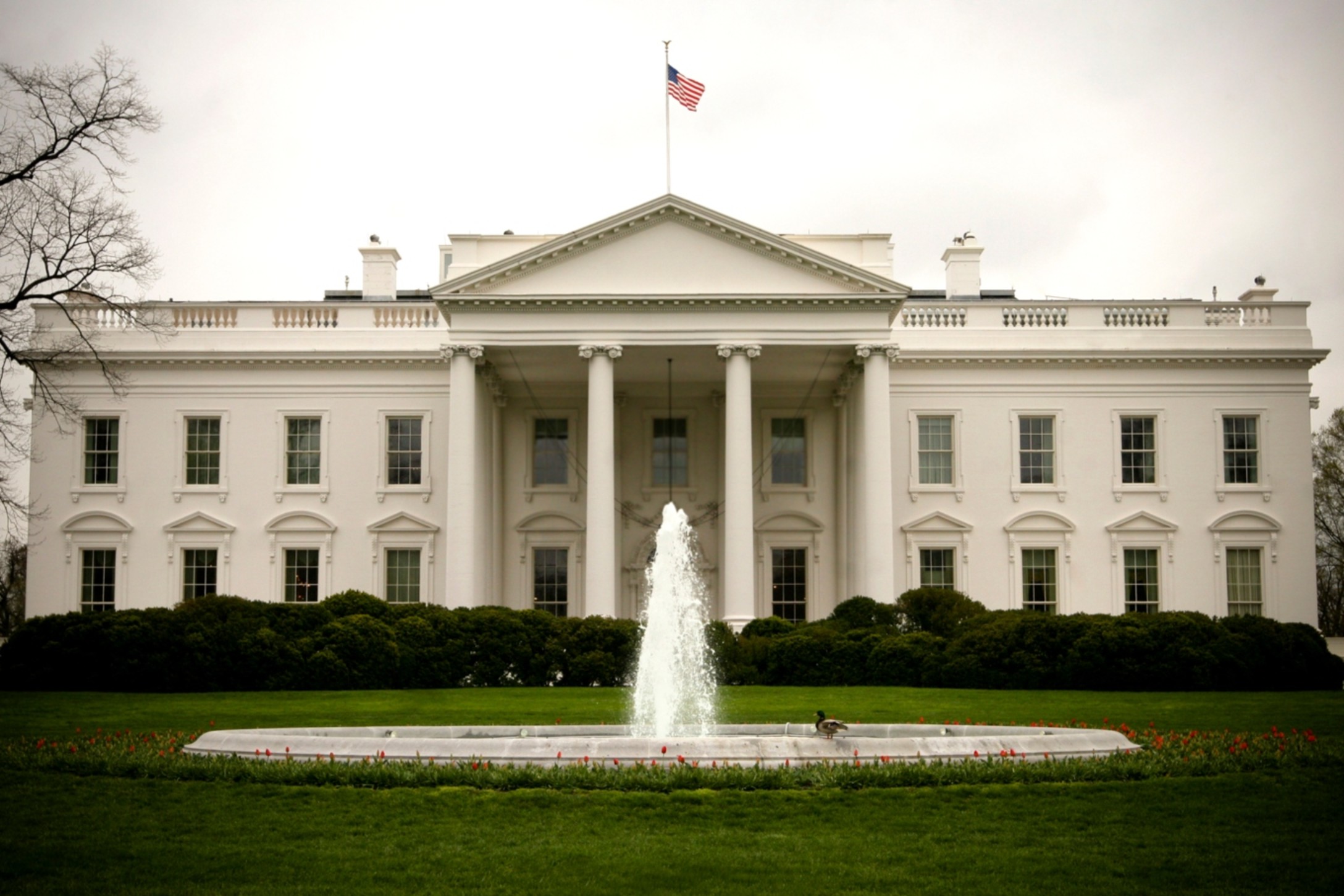
The White House's Operation Warp Speed is at the helm of the push to get a vaccine produced ASAP. The goal is to "deliver 300 million doses of a safe, effective vaccine for COVID-19 by January 2021."
Many organizations are involved in developing the vaccine.
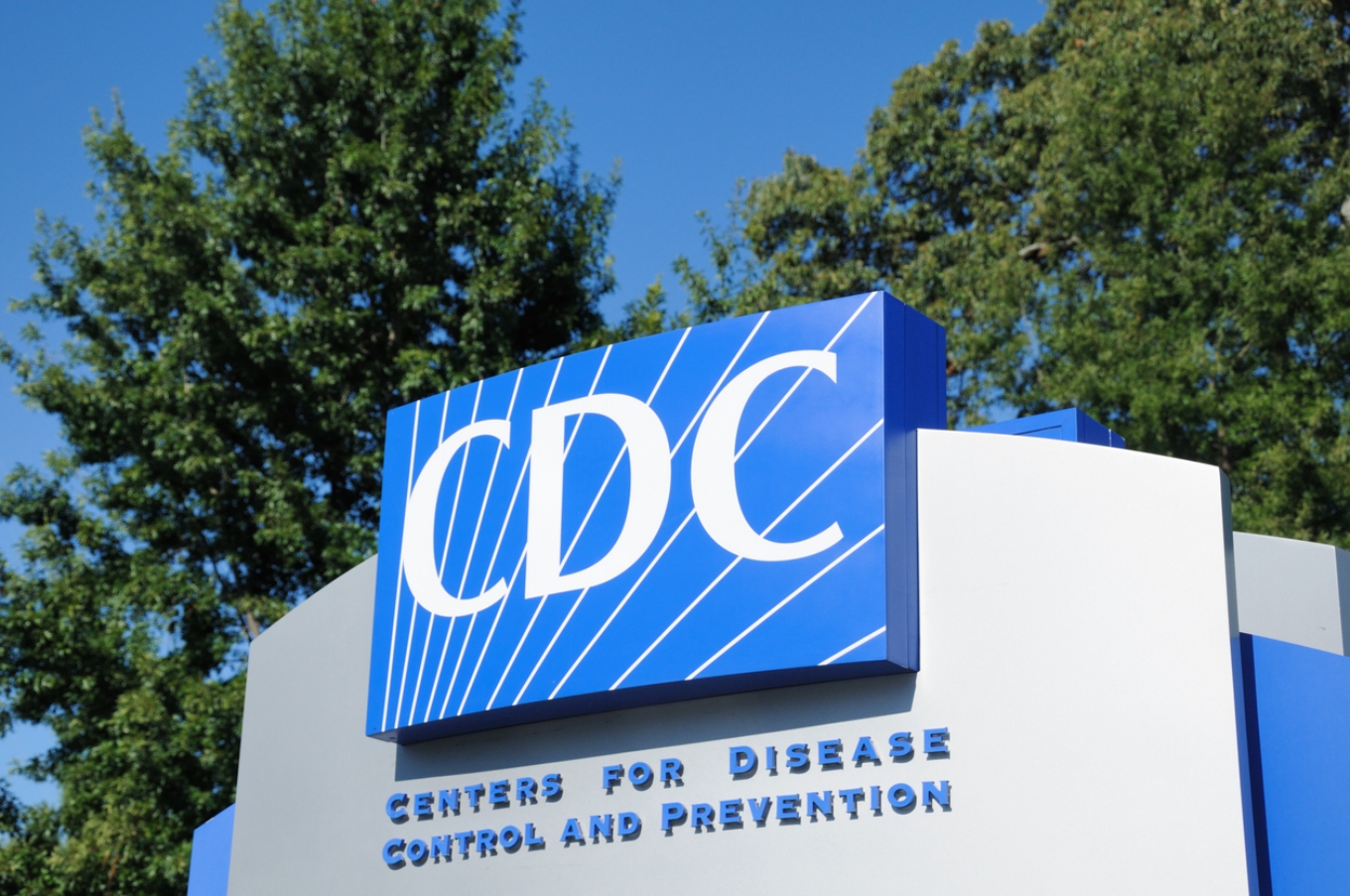
A number of organizations, including the Centers for Disease Control and Prevention, the Department of Health and Human Services, the National Institutes of Health, and the Biomedical Advanced Research and Development Authority are working cooperatively to develop the vaccine for Operation Warp Speed.
We could have a vaccine as early as November.
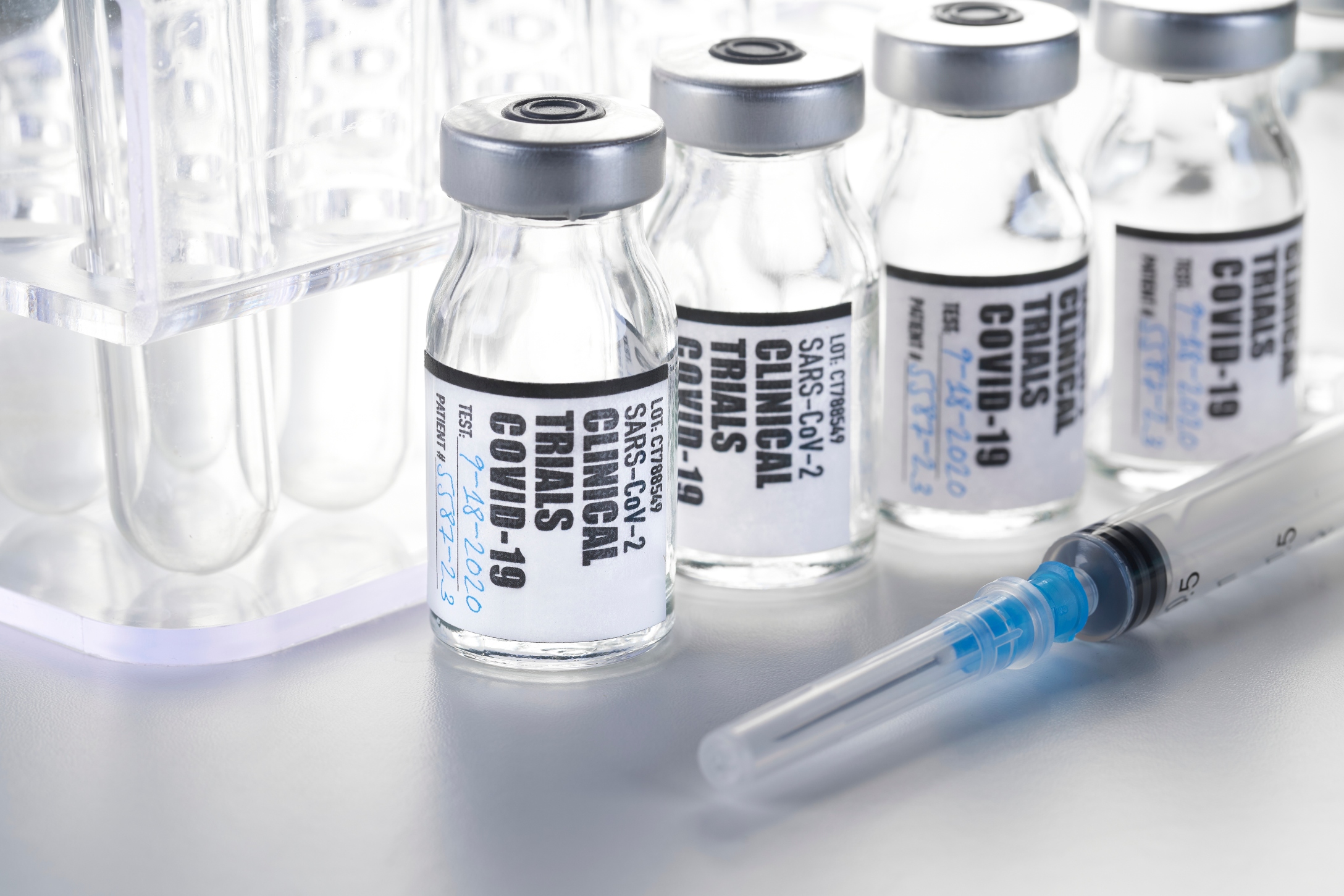
As of early September, the CDC has alerted public health officials throughout the US that they should be prepared to distribute a vaccine to health care workers, essential workers, and high-risk groups as soon as November 2020.
So the first available vaccines will not be widely distributed.
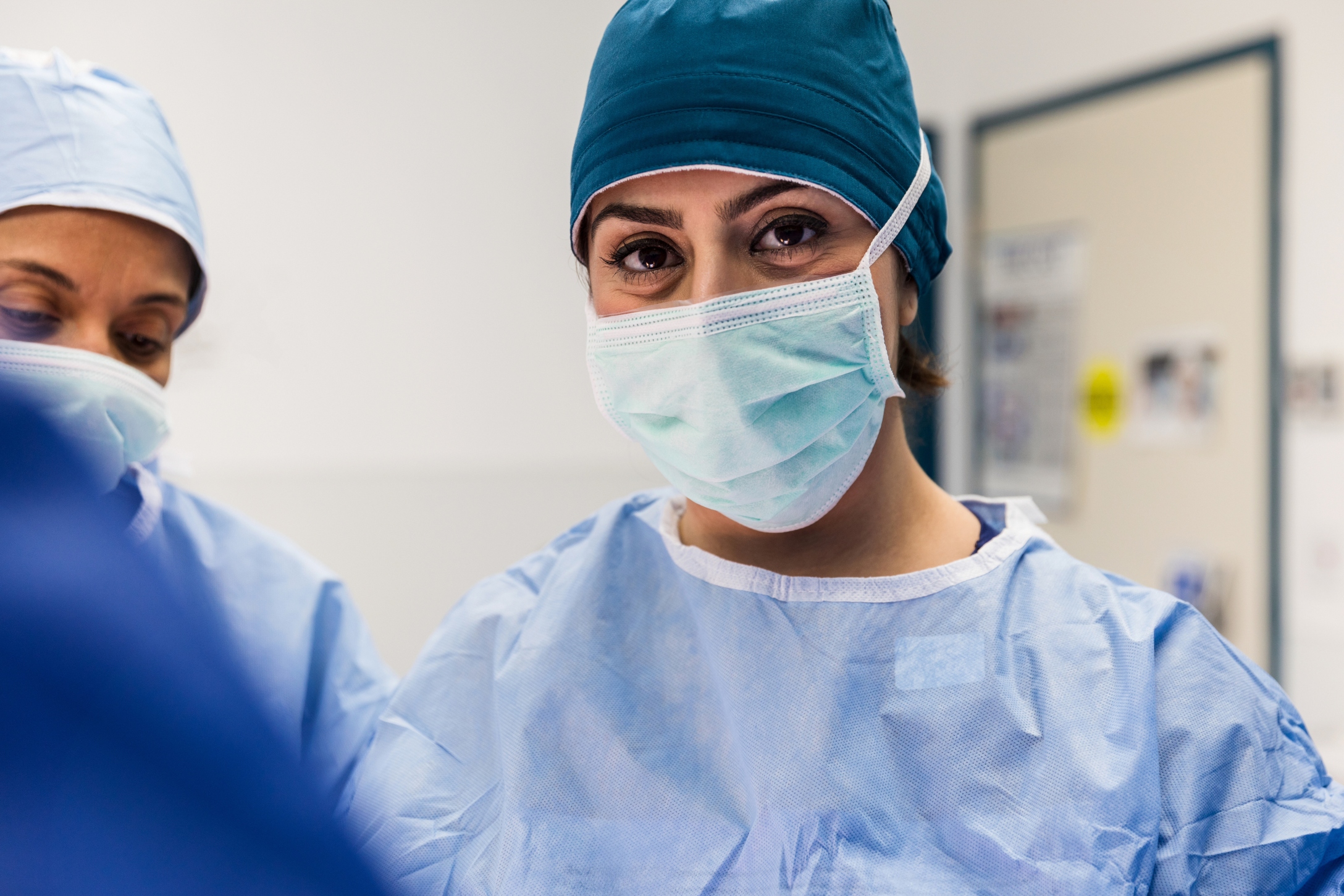
Because the first available vaccines will likely be allocated for health care and essential workers and those at a higher risk for succumbing to the virus, the average citizen should not worry that they will be pushed to vaccinate for coronavirus when the initial batch of vaccines is released.
The vaccine is likely to be widely available in 2021.

While those initial vaccines may distributed to high-risk groups before clinical trials are complete, they will likely not be available to the general public until much later. "If you're asking me when is it going to be generally available to the American public, so we can begin to take advantage of vaccine to get back to our regular life, I think we're probably looking at third, late second quarter, third quarter 2021," said Robert Redfield M.D., the director of the CDC.
The FDA will not allow drug makers to skip development phases.
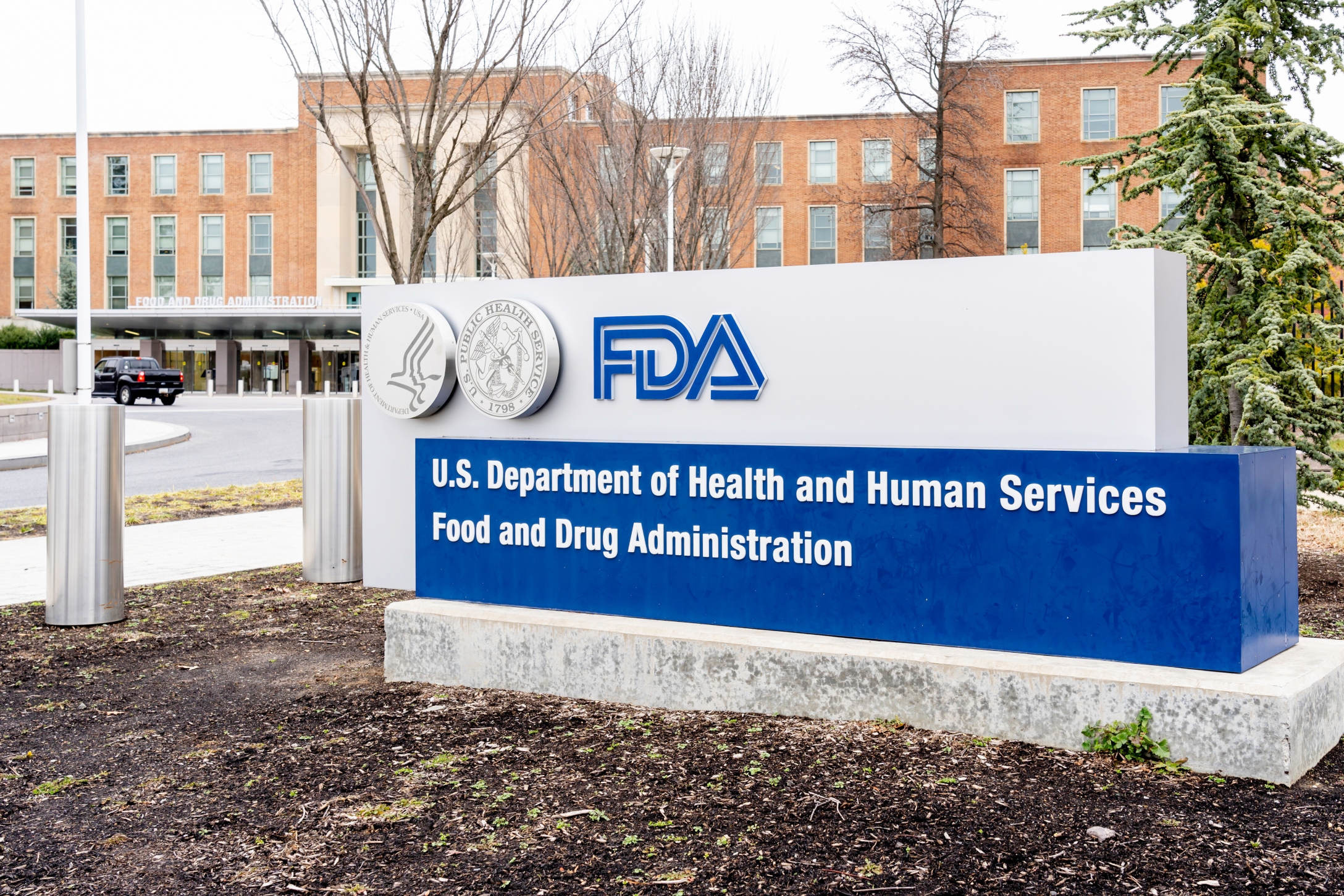
Regardless of the time frame, the Food and Drug Administration will still require that pharmaceutical companies adhere to its strict guidelines. A vaccine must go through three phases before it can be made available to the general public. Phase 1 involves clinical trials on 20 to 100 healthy volunteers, Phase 2 involves testing on several hundred volunteers to determine potential short-term side effects and appropriate dosing, and Phase 3 involves administering the vaccine to even more individuals to determine effectiveness.
The final phase happens after the vaccine is distributed to the public.
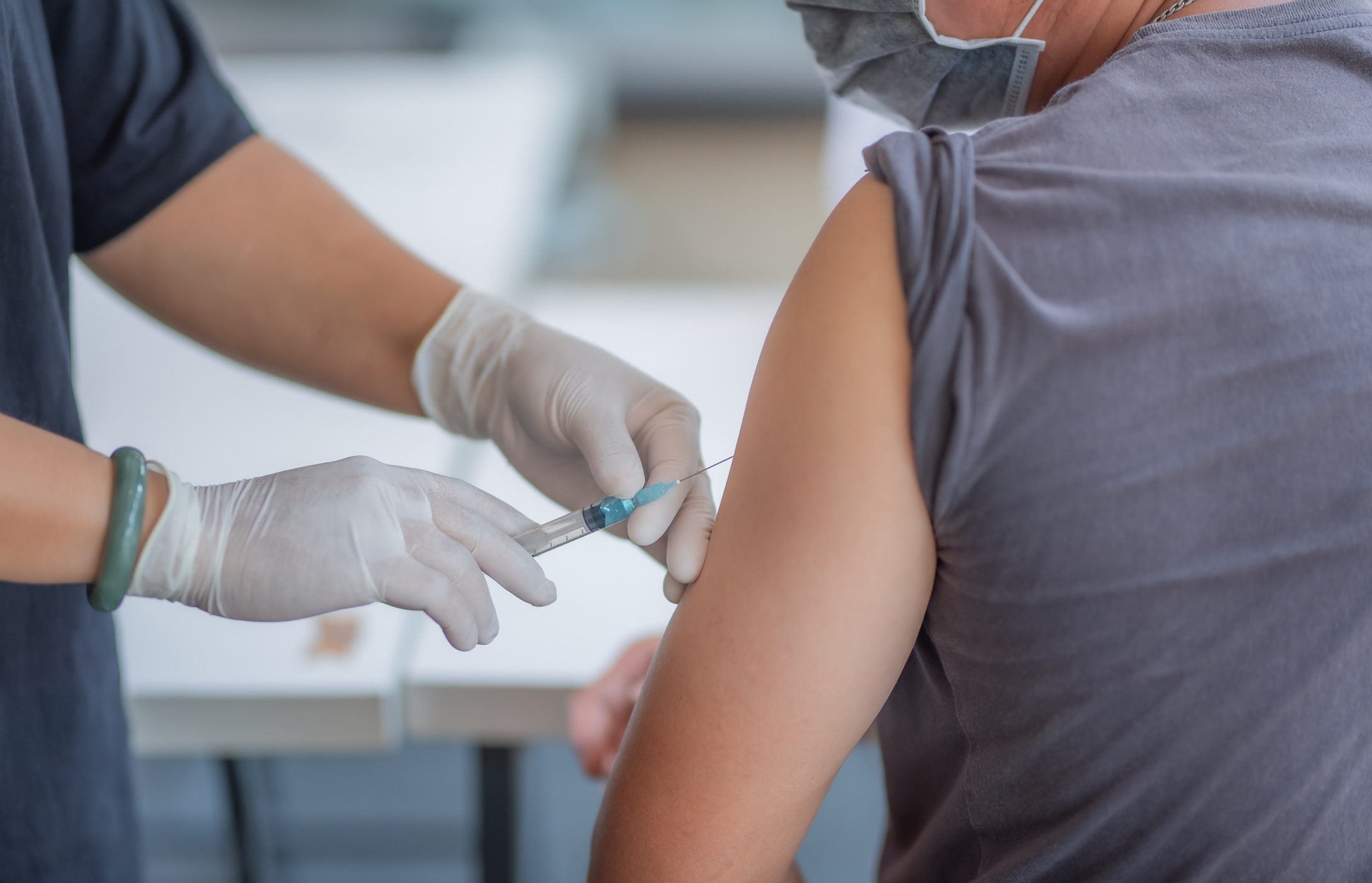
The FDA's fourth phase happens once the vaccine is widely available. If it prevents illness in at least 50% of recipients, the vaccine is considered effective and will continue to be used, if not, the vaccine will continue to be tweaked. For example, this is what happens with each year's flu vaccine—if it proves effective on at least half of recipients, it will be used again, if not, the next year's vaccine will be different.
Results so far are promising.
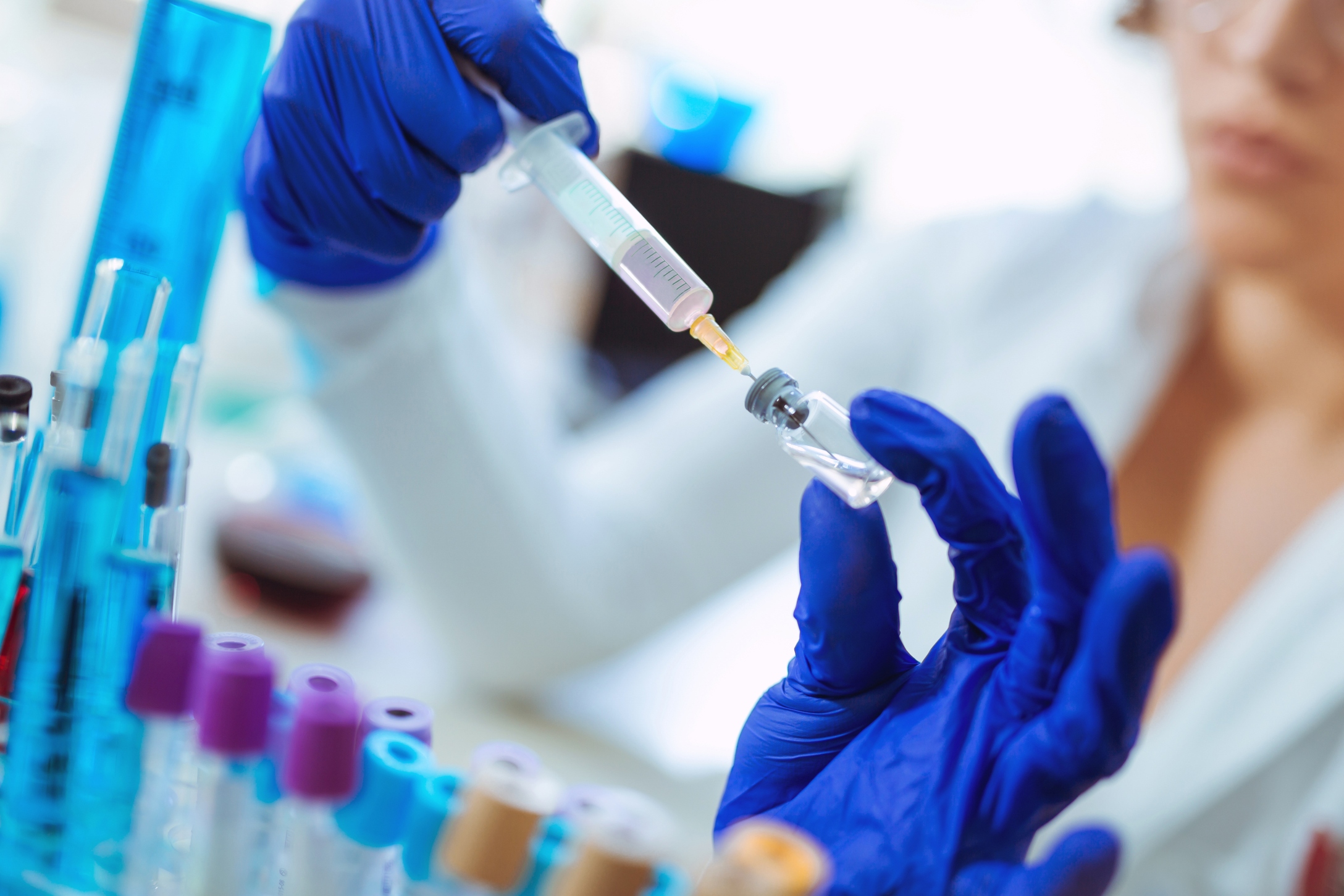
"This unprecedented period has called for innovation, speed, and efficiency in vaccine production," says Mobola Kukoyi, M.D., MPH, an emergency physician at Carle Foundation Hospital in Urbana, Illinois. "This comes with a concern for safety. However, given the different regulatory checkpoints in the phases outlined above, a product is only approved if it meets specific guidelines. My advice to all would be to follow the science," she says.
Some coronavirus vaccine candidates are already in Phase 3.
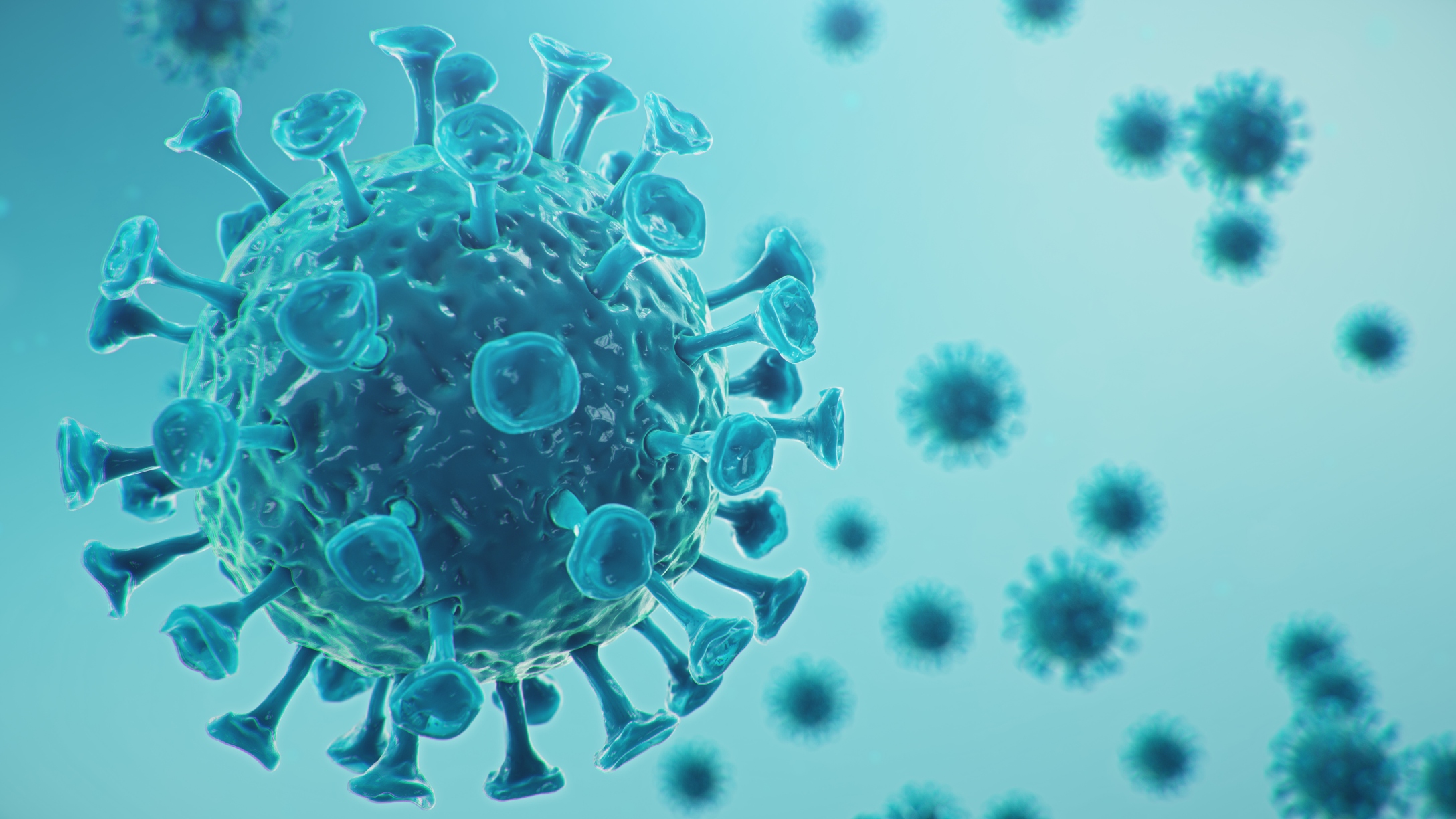
A number of COVID-19 vaccine candidates have already reached Phase 3 of trials, which indicates there are vaccines that have not resulted in any major side effects and have shown some measure of effectiveness.
Who's making the vaccines?

There are currently over 100 COVID-19 vaccines in development throughout the world, but there are five pharmaceutical and biotech companies whose vaccines are showing the most promise. Each company has already received financial support from the US federal government.
- Moderna: the first company to reach Phase 3 in the US.
- Pfizer: currently testing over 30,000 people.
- Novavax: vaccine candidate produced antibodies and killed cells with the virus
- AstraZeneca: trials currently paused due to an unexplained illness in one patient; plans to produce the highest number of doses of all five companies.
- Johnson & Johnson: should enter Phase 3 before the end of September; considering testing on pregnant women.
Early COVID-19 vaccines may or may not be available to children.

While most of us associate vaccines with children, it's not yet certain that the new coronavirus vaccine will be available to children from the start. "There is no reason not to believe that [a vaccine] wouldn't be available simultaneously for adults and children," said Dr. Anthony Fauci in June, but children have been excluded from some trials so far, which may slow down the availability for individuals under a certain age.
According to some vaccine experts that's not necessarily a bad thing.

"It would be unfathomable giving children a vaccine that has not been adequately tested in children," Paul Offit, M.D., director of the Vaccine Education Center at the Children's Hospital of Philadelphia and FDA vaccine advisory committee member, told ABC News.
The safest decision will be made.
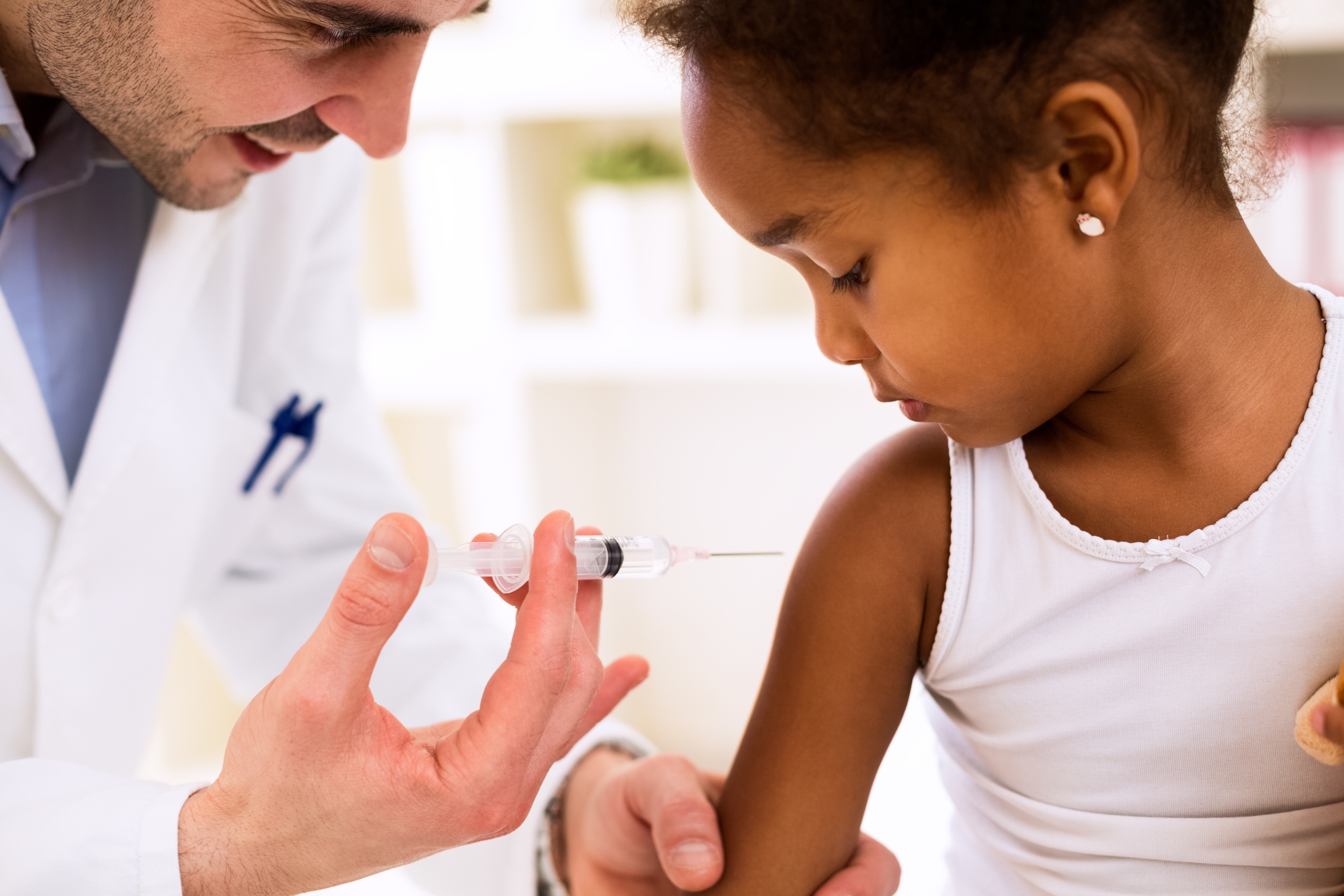
"We will need to rely on expert guidance after the first round of trials are completed to see how best to extrapolate the data for use in pediatrics, similar to our approach for other medical products," says Dr. Kukoyi.
Pregnant women will likely have to wait even longer.
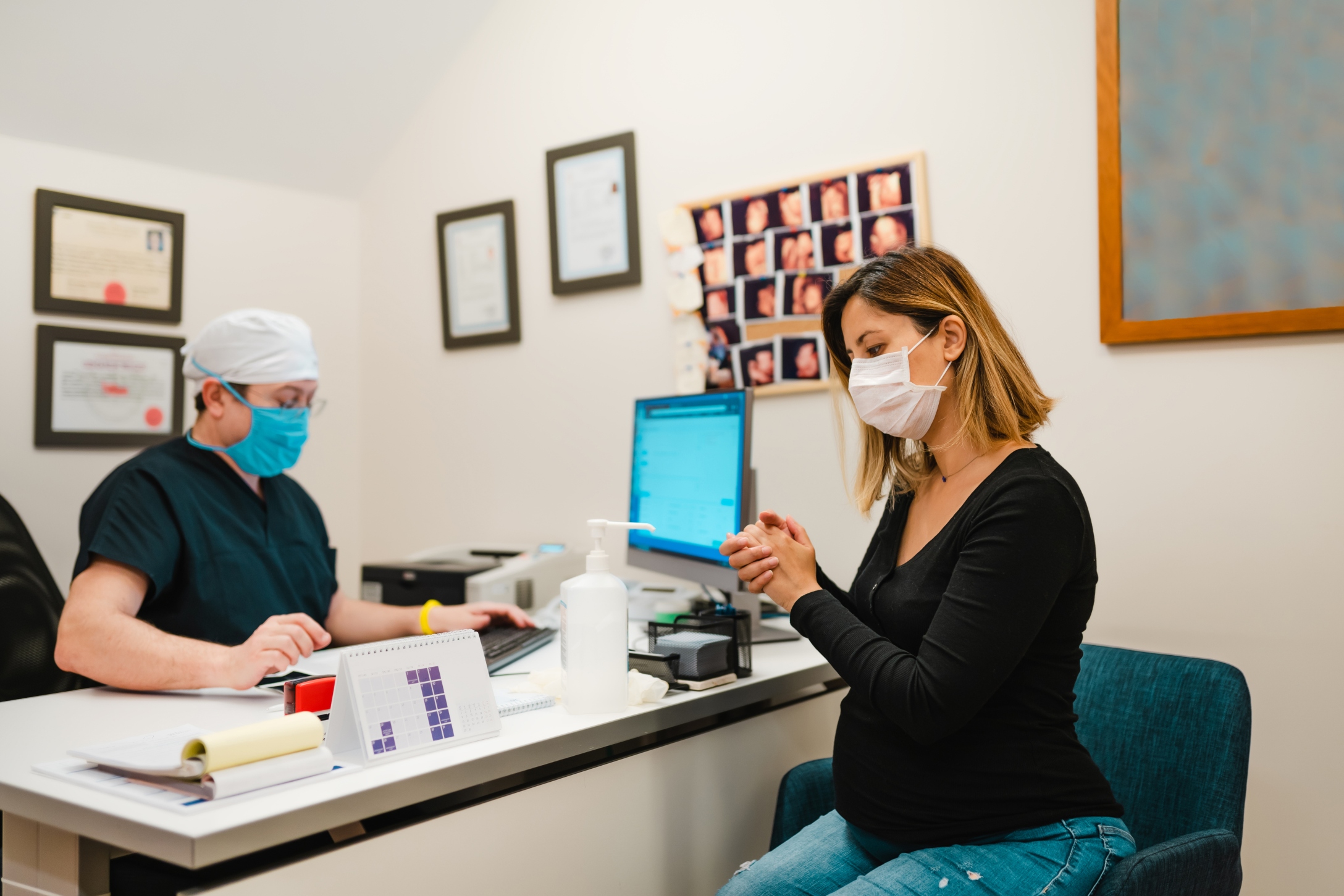
Although Johnson & Johnson may include pregnant women in its first Phase 3 trials, none of the potential vaccines have included pregnant women in their trials to date. It's most likely pregnant women will not be able to get a COVID-19 vaccine right away, but will have wait until further testing is conducted to prove its safety in pregnant women and their fetuses.
The takeaway?
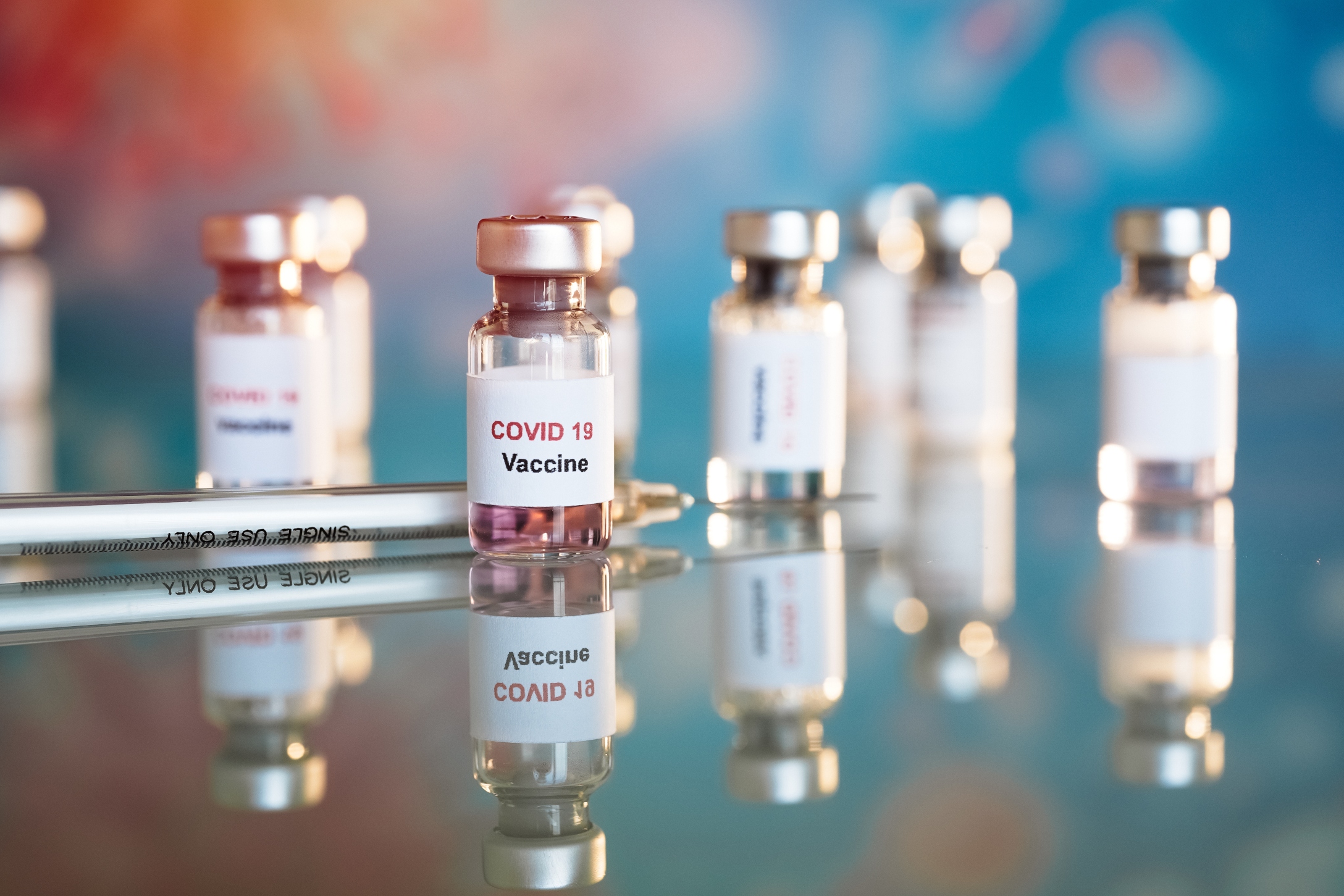
Right now, it's still a watch-and-wait game. While there are some promising coronavirus vaccines currently under trial and expected to become available some time within the next six to 12 months, further testing is needed to determine exactly whom should get the vaccine and when they will be able to. More guidance should become available once one of the vaccines exits Phase 3.

